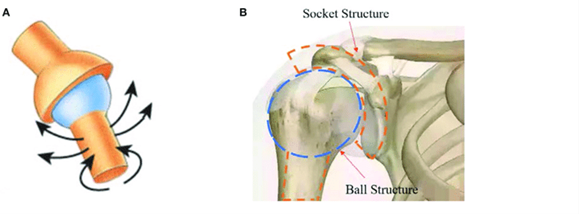When assessing a female client who has described herself as a strict vegetarian, the nurse notes she has unusual skin color. The nurse should ask the nurse if she has eaten large amounts of?
Turnips and beets
Rice and eggs
Carrots and squash
Spinach and mustard greens
The Correct Answer is A
Eating large amounts of turnips and beets can lead to a condition called beeturia, which causes the urine and skin to turn a reddish or purplish color. This condition is harmless and is caused by the betalain pigments present in these vegetables. As a strict vegetarian, it is possible that the client consumes large amounts of these vegetables, which could explain the unusual skin color.
Rice and eggs, carrots and squash, spinach and mustard greens are not known to cause unusual skin color. However, it is important for the nurse to ask the client about her diet and any supplements she may be taking to beter understand the cause of the unusual skin color.
Nursing Test Bank
Naxlex Comprehensive Predictor Exams
Related Questions
Correct Answer is C
Explanation
The malleus, incus, and stapes are three small bones, collectively known as the ossicles, located in the middle ear. These bones work together to transmit sound waves from the eardrum to the inner ear, where they are converted into nerve impulses that are then sent to the brain. The malleus is atached to the eardrum, the incus is in between the malleus and the stapes, and the stapes is connected to the inner ear. Together, they form a chain that amplifies the sound waves and transmits them efficiently to the inner ear.

Correct Answer is D
Explanation
A ball and socket joint is a type of synovial joint where the rounded head of one bone fits into the concave socket of another bone, allowing movement in multiple directions. The shoulder joint is a classic example of a ball and socket joint, where the rounded head of the humerus bone fits into the shallow socket of the scapula bone, allowing for a wide range of movements such as flexion, extension, abduction, adduction, and rotation. The ankle joint is a hinge joint, the elbow joint is a hinge joint, and the knee joint is a complex hinge joint.

Whether you are a student looking to ace your exams or a practicing nurse seeking to enhance your expertise , our nursing education contents will empower you with the confidence and competence to make a difference in the lives of patients and become a respected leader in the healthcare field.
Visit Naxlex, invest in your future and unlock endless possibilities with our unparalleled nursing education contents today
Report Wrong Answer on the Current Question
Do you disagree with the answer? If yes, what is your expected answer? Explain.
Kindly be descriptive with the issue you are facing.
